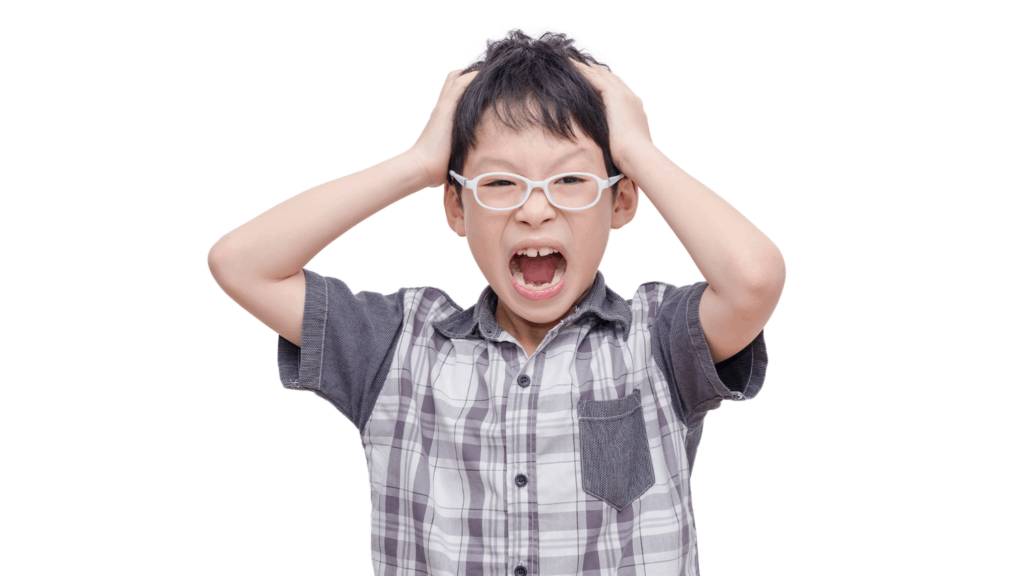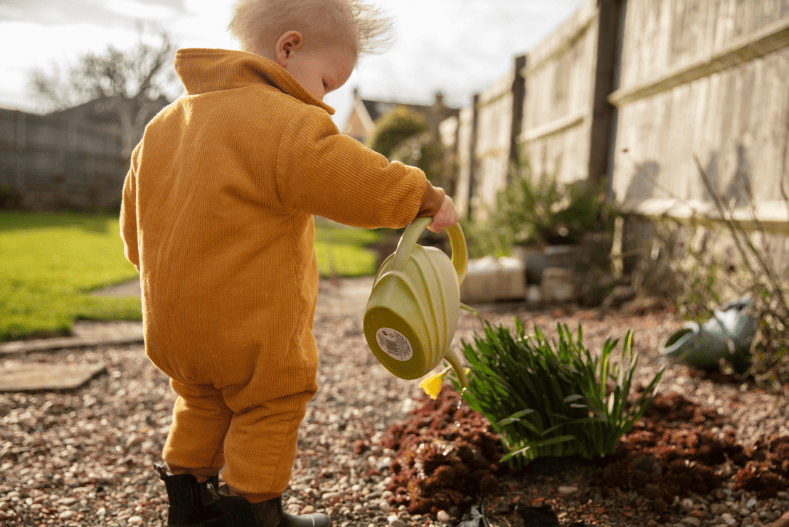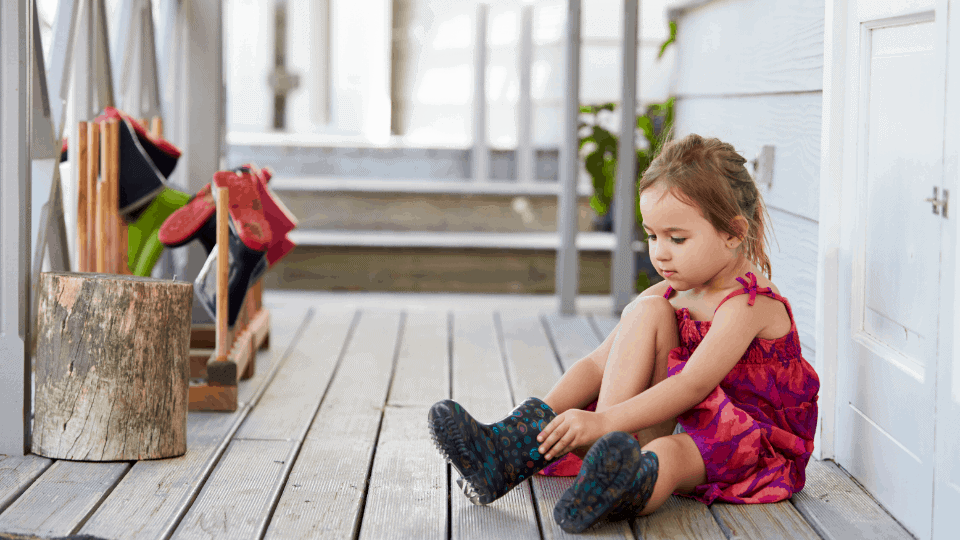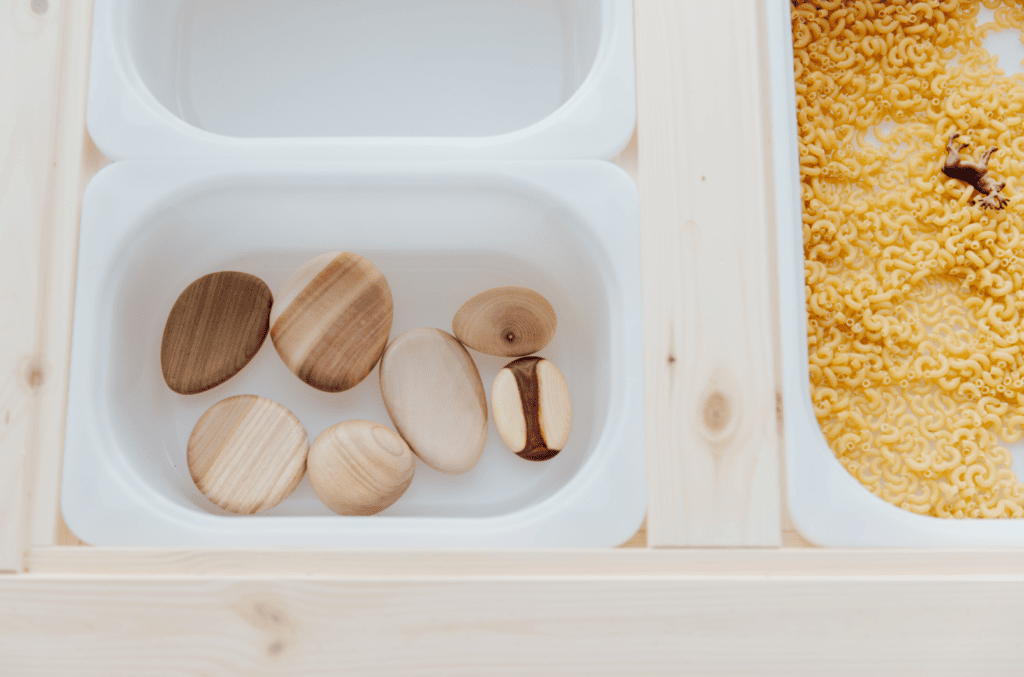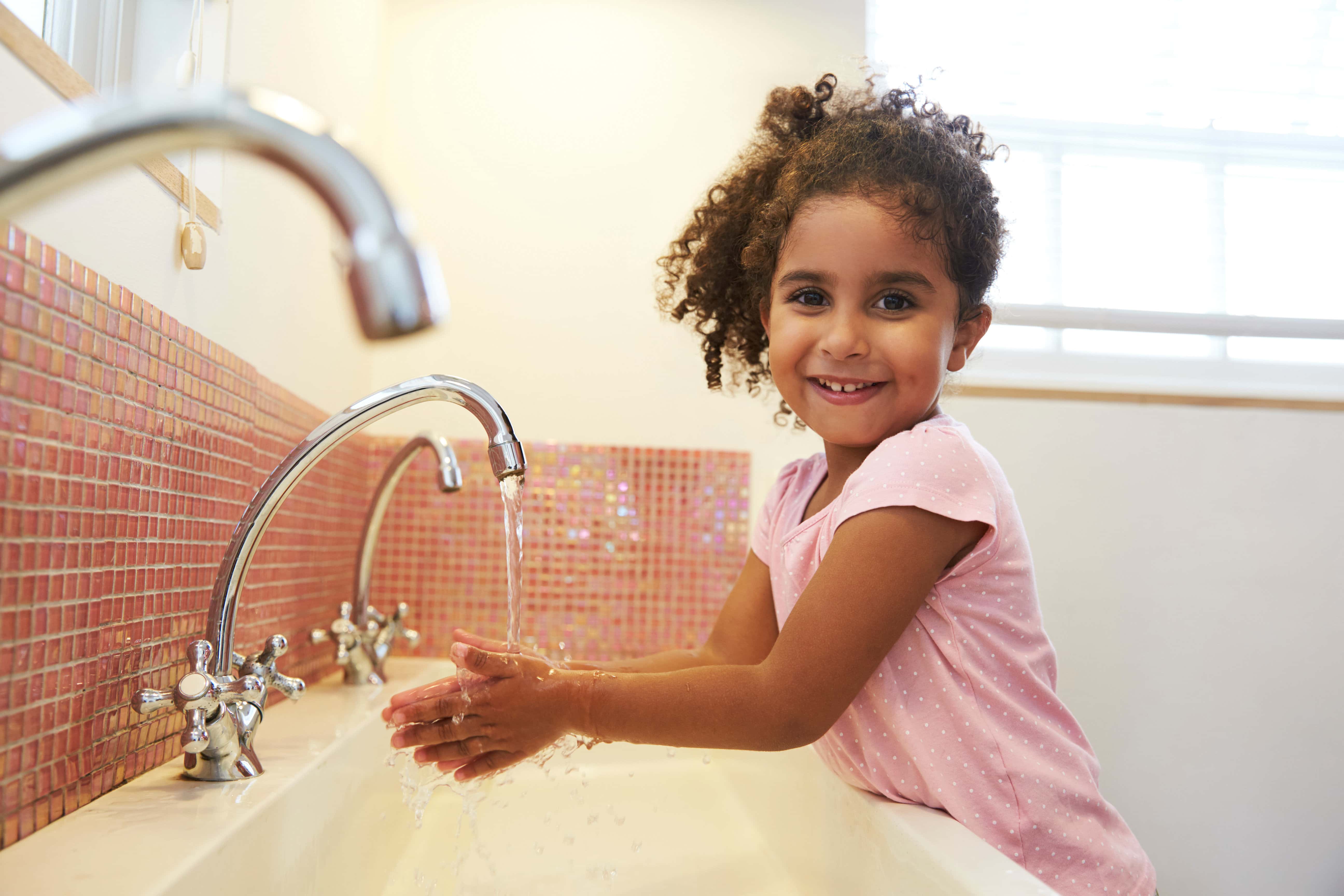Montessori is a philosophy for children’s learning that is becoming increasingly popular. Because
The wooden rainbow stacker follows the Steiner/Waldorf learning experience. Wooden rainbow stackers help transition children from concrete to abstract thinking by focusing on a child’s imaginative abilities. While not designed for
While the Wooden Rainbow Stacker is often associated with
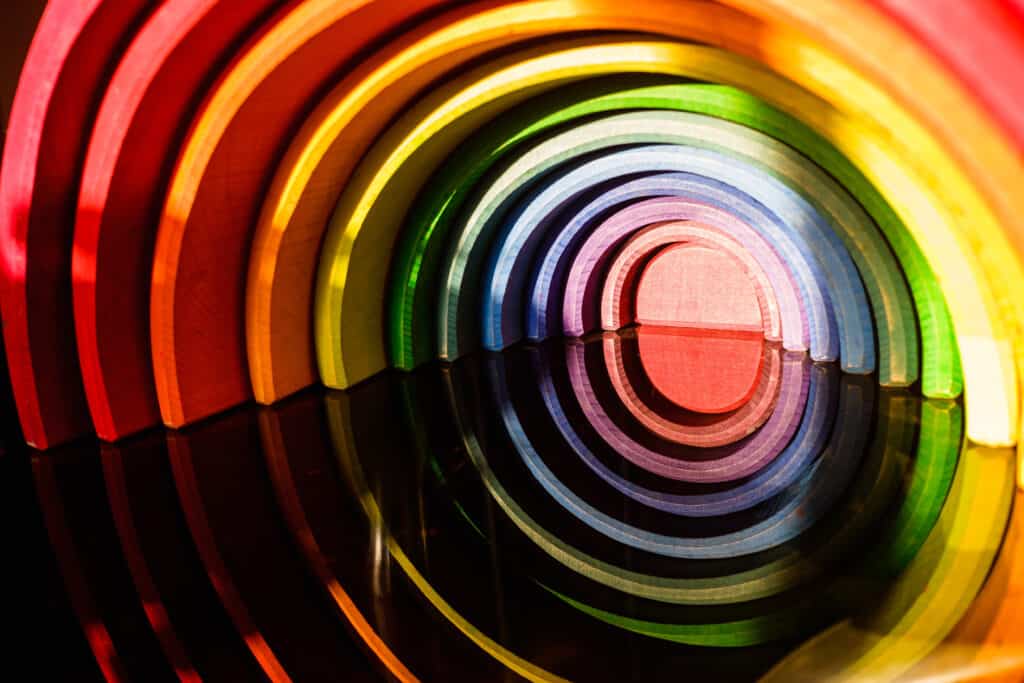
Wooden Rainbow Stackers
The original manufacturer of the Wooden Rainbow Stacker was the Grimm’s Company. The Grimm’s company designed this toy based on the learning principles outlined by Rudolf Steiner.
Steiner founded the Waldorf education in 1919. Although Maria Montessori established the first
Simply put, the wooden rainbow stacker is a toy with open-ended uses. Maria
Because the Wooden Rainbow Stackers do not have one specific purpose in teaching a child a skill, it is not in line with
Both
Several different brands offer versions of a wooden rainbow stacker. Essentially it includes curved wooden semi-circles that fit inside one another in descending order with a large block for the center color.
Typically the biggest wooden piece is red and continues through the rainbow colors to violet, evenly spacing the colored blocks.

Concrete…
One of the biggest reasons to choose a rainbow stacker toy is the ability to function as a tool to assist in understanding abstract ideas. The rainbow stacker is great for helping with many concrete ideas that little children need to develop.
Concrete ideas like sorting color and sorting size are strongly enforced with these rainbow-colored semi-circles. They can group all of the cool colors and then all of the hot colors, they can mix up the colors to make different design patterns.
Children can stack these wooden items in different architectural designs, seeing which ones fall over, which ones can hold more weight.
They are also able to sort out the really big wooden pieces and group all of the smaller pieces. Or they can compare the sizes and pair a really large with a really small.
The possibilities are endless when it comes to sorting and arranging these blocks to help them understand the concrete world around them.
…To Abstract
Children will be able to discover a world of abstract thinking that is based on concrete activities and experiences. Through their interactions and engaging with the physical world, they can start to understand abstract thoughts and ideas like their imagination.
With the wooden rainbow stack, children can create fences, build castles, create colorful trees. They will be able to create what is in their minds or mimic what they have seen in their lives. This takes them a step beyond simply playing with what they have, they can now create what they wish to play with.

What age group can use the rainbow stacker?
The basic rainbow stacker is about 6.7 inches (17cm+) which holds an age recommendation of 1+ years of age to safely play. It is ultimately up to the parents’ discretion on what will be safe and developmentally appropriate for their child (Source).
The more pieces of a rainbow set there are, the more complicated the toy is and the activity will be to sort.
With younger kids, the least amount of parts will allow them to achieve the desired rainbow easier. This will lead to less frustration and detract from possible frustration. The small Grimm’s rainbow, like this one on Amazon, is more appropriate for younger children.
Older children will benefit greatly from both larger and more complicated blocks, such as the large 12-piece stacking rainbow like this one on Amazon.
The size of the rainbow stacker blocks determines greatly the age that is appropriate for the child. Since they come in a variety of sizes, it is best to consult the manufacturer’s label and age suggestion.
Be mindful of your child’s movement and skill level when purchasing a rainbow stacker.
Free the child’s potential, and you will transform him into the world.
DR. MARIAMONTESSORI
Grimm’s Rainbow stacker
The Grimm’s rainbow is a wooden stacked set of curved blocks that comes in a variety of color themes but most classically the basic, bold, ROY-G-BIV rainbow.
This set comes with 6-12 pieces that fit together perfectly to make a full rainbow. It is made out of lime wood and stained with water-based paint.
Grimm’s company is based on the Steiner/Waldorf learning experience. Children need toys with open-ended uses. An open-ended toy fosters each student’s imagination abilities since they determine its purpose.
They should be engaged and learn with age-appropriate toys that will help them naturally grow and develop. Imagination is a key part of children’s learning and can be sparked by curiosity.
They have designed their products to be attractive, fun, well made, and durable. They created their products to stimulate a desire for creativity throughout childhood and hopefully beyond.
You can purchase an official Grimm’s Rainbow here and choose from an assortment of color themes. These rainbow blocks can also be found in an assortment of sizes which can help children develop their motor skills as well.

Is a Grimm’s Rainbow Worth the Price?
The large Grimm rainbow stacker specifically lands around the price range of $210 on Amazon or around $80 from Etsy or small boutique-type online sites. Other brands of this same toy are offered for just under $20 on amazon, offering the same benefits and development.
The color/shape recognition is going to be evident in their play, coordination and motor skills will be developed, imagination, creative thinking, and sorting are all applicable skills being fostered. Both sets are made of hardwood and water-based paint.
The differences between the two items are small enough that paying 10 times the price can’t be justified unless you really want better quality and craftsmanship.
The Grimm stacker is handmade coming out of Germany compared with the stacker on Amazon coming out of China. If you’re looking to support artists and wood makers, go ahead with the $200 option.

Grimm’s also makes other beautiful wooden stacking toys, including the Cave Nesting Stacker, Flame Nesting Stacker, and their 1001 Nights Palace Building Set.

Steiner/Waldorf vs. Montessori
As we have already learned, the Wooden Rainbow Stacker is a toy aligned with the principles of the Steiner/Waldorf education experience, not
Waldorf schools are not as popular as
Both
Like
While
Encouraging students to use their imagination is perhaps the main difference between the two schools. While
Children in Waldorf schools also learn through mediums such as dance, music, and crafts. These mediums help students embrace their creative thinking.
Both
While the two schools differ in several ways, they are ultimately similar in that they believe learning occurs in more places than the mind. Waldorf schools focus on teaching the child’s head, heart, and hands. In other words, this type of education improves a child’s ability to think, feel, and act.
Check out our article for more complete information on the differences between Montessori and Waldorf.

Other Montessori Learning Materials
Many other
Some children might need to spend more time with a certain learning element to master it before moving onto the next activity which is why autonomy and free time are essential to a
Binomial Cube
The Binomial cube helps students understand and explore patterns and 3-dimensional shapes. Children will be able to explore algebraic equations and concepts through concrete, physical representation.
A distributive property concept can be taught alongside this concept. This activity will set a well-established foundation for learning more complex concepts all building off these ideas.
Golden Beads

Golden beads are used to introduce math concepts to the child in a concrete world. Place value and a base-ten concept help set a great foundation for their mathematical development.
Children will be able to explore addition, subtraction, multiplication, and division using the concepts of place value, base ten, and quantity.
As mentioned before, it is developmentally appropriate to have real-world foundational concepts to tie abstract ideas to. Children will be able to understand these abstract concepts quicker and more fully when grounded in the knowledge they already possess and can identify with.
Check out our full article on how to teach math with Montessori beads.
The Pink Tower
The Pink Tower is a great tool in helping students understand the concept of size differential and stacking. It introduces new words like “biggest” and “smallest.”
Children will be able to problem-solve through the exploration of this 10 cube set. The cubes are identical in every way except for their size. They will gain mastery of quickly identifying with limited resources or reference points- only according to size.
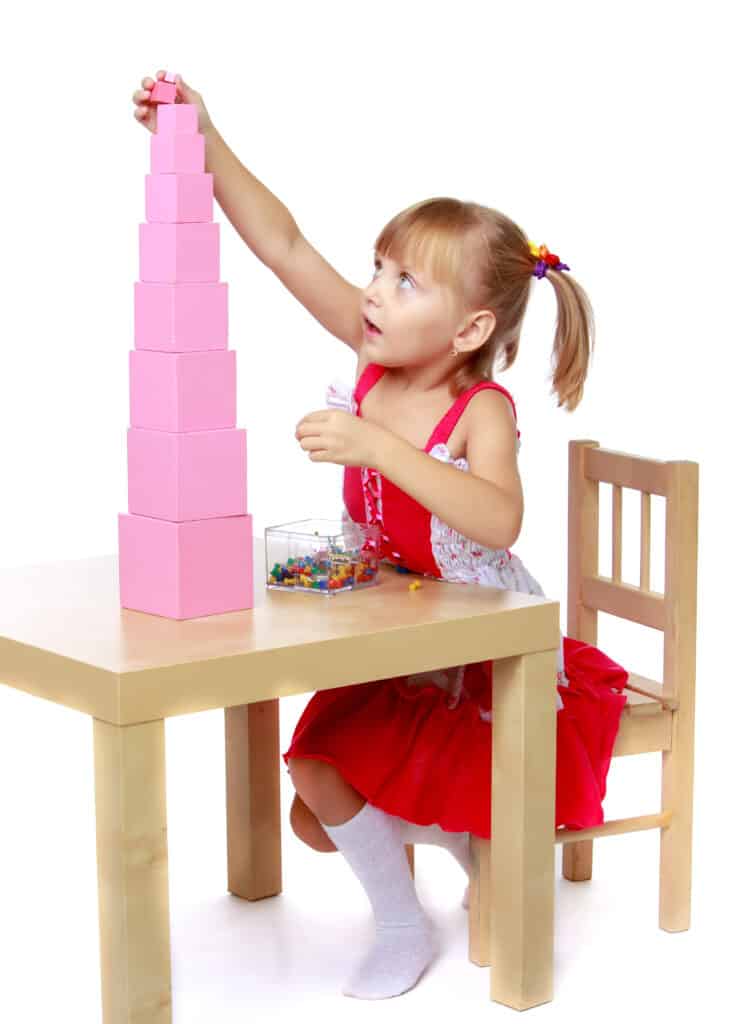
Metal Insets
Metal insets are a tool to help children further develop and strengthen their pincer grip. The pincer grip is a developmental skill allowing the use of the first finger and thumb to pick up small objects.
This is important for their future writing skills so the student can effectively grasp pens and pencils. They also develop evenness of pressure and the ability to discern small distinctions in a pattern.
This will also be helpful in students wanting to participate in the fine arts. Children can develop advanced skills necessary to succeed in drawing, painting, playing an instrument, and other activities.
See our article on writing in Montessori schools for more information.
Sandpaper Letters
Sandpaper letters help introduce the alphabet and written language to children. Through multi-sensory exploration children can experience tracing the course letters with their fingers, saying the letter out loud, and hearing the sound of the letter (Source).
These letters can be made even more effective by separating vowels and consonants onto different colored sandpaper which will help the child distinguish between the two.
These all come in a variety of brands that can be found relatively cheap on amazon. You can also make some of these activities on your own.
For younger learners, there are materials such as the object permanence box, Imbucure box, and the Ball tracker which build essential eye tracking skills, problem-solving, and hand-eye coordination skills (Source).
The unique abilities of a
Playing with these learning materials will help develop critical thinking and problem-solving skills which builds their confidence for years to come.


